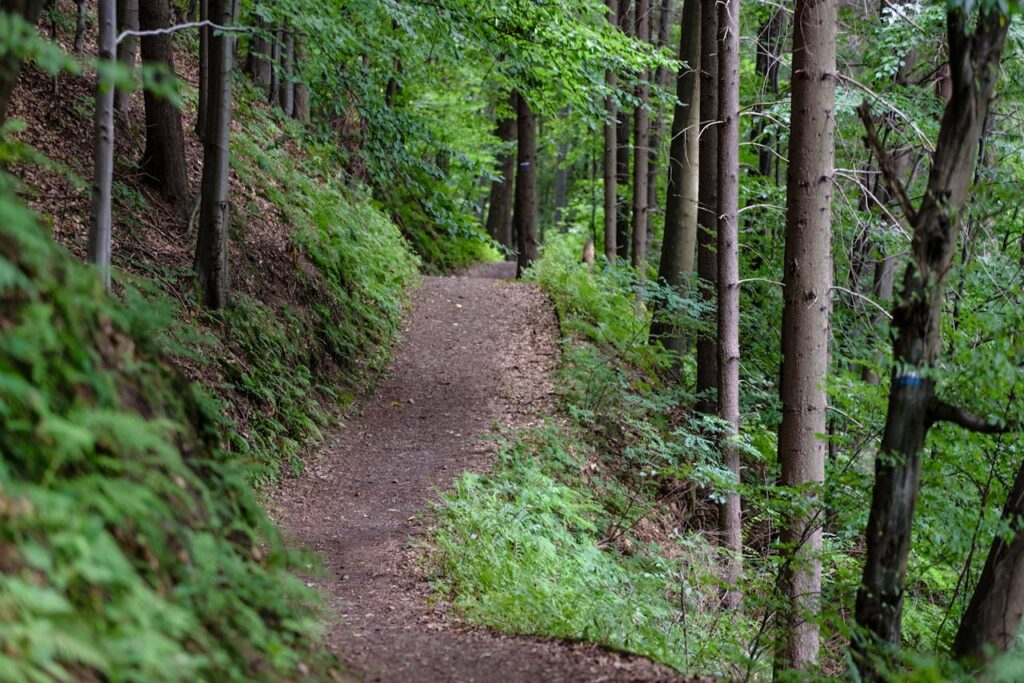The Great Smoky Mountains in Tennessee are a breathtaking natural wonderland that captivates visitors with their stunning beauty and diverse ecosystems. This iconic destination, home to the Great Smoky Mountains National Park, offers an unparalleled experience for nature enthusiasts and adventure seekers alike. From mist-covered peaks to lush forests teeming with wildflowers, the region showcases the raw beauty of the Appalachian landscape.
Planning a trip to the Great Smoky Mountains Tennessee involves more than just packing your bags. Visitors need to consider the best time to explore, must-see attractions, and suitable accommodation options. This guide aims to help travelers make the most of their journey, covering everything from scenic drives and hiking trails to the region’s rich biodiversity and cultural heritage. By following these insights, adventurers can ensure a memorable and safe experience in one of America’s most beloved national parks.
Choosing the Best Time to Visit
Seasonal Highlights
The Great Smoky Mountains offer unique experiences year-round. Spring brings wildflowers and newborn wildlife. Summer is ideal for waterfalls and outdoor activities. Fall showcases stunning foliage, while winter transforms the landscape into a snowy wonderland.
Weather Considerations
Weather in the Smokies varies significantly with elevation. Spring can be unpredictable, with sudden temperature changes. Summer brings heat and humidity in lower areas, but cooler temperatures at higher elevations. Fall offers mild weather, while winter can be moderate in valleys but harsh on mountaintops.
Crowd Levels
Summer, especially July, sees peak visitation. Fall foliage season in October also draws large crowds. Spring and winter tend to be less crowded, offering a more peaceful experience. However, weather can be more challenging during these seasons, requiring careful planning and appropriate gear.
Must-See Attractions and Activities
Cades Cove Loop
The Cades Cove Loop, an 11-mile one-way road, offers visitors a chance to explore the park’s beauty from their vehicles. This scenic drive showcases historic cabins, churches, and abundant wildlife. Visitors can expect to spend two to four hours touring the loop, with opportunities to stop at various points of interest. The Cades Cove Visitor Center, located halfway through the loop, provides souvenirs, maps, and information about the area’s rich history.
Hiking Trails

The Great Smoky Mountains National Park boasts numerous hiking trails suitable for all skill levels. Popular destinations include Charlies Bunion, Alum Cave Bluffs, and Rainbow Falls. Hikers should choose trails based on their abilities and desired sights, such as waterfalls or old-growth forests. It’s crucial to check trail conditions, allow ample time for completion, and follow safety guidelines. The park’s diverse landscape offers unique hiking experiences across all seasons, from spring wildflowers to autumn foliage.
Scenic Drives
Besides Cades Cove, the park features several scenic drives. The Newfound Gap Road connects Cherokee, NC, and Gatlinburg, TN, offering breathtaking mountain views. Clingmans Dome Road leads to the park’s highest peak, while the Roaring Fork Motor Nature Trail winds through forests and past waterfalls. These drives provide opportunities to experience the park’s natural beauty and diverse ecosystems from the comfort of a vehicle.
Accommodation Options
Camping in the Park
The Great Smoky Mountains National Park offers diverse camping experiences across ten developed campgrounds. Cades Cove and Smokemont Campgrounds remain open year-round, while others operate seasonally. These sites provide various amenities, including flush toilets and drinking water, but lack hookups and showers. Campgrounds like Elkmont, Cosby, and Balsam Mountain offer unique settings, from riverside locations to high-elevation spots with cooler temperatures.
Nearby Hotels and Cabins
Communities surrounding the park provide a wide range of accommodations. Visitors can choose from hotels, cabins, and bed and breakfasts in gateway towns like Gatlinburg and Pigeon Forge. These options offer convenient access to the park and often feature stunning mountain views. For a truly unique experience, LeConte Lodge, accessible only by foot, sits atop Mount LeConte at 6,593 feet elevation.
Vacation Rentals
Vacation rentals in the Great Smoky Mountains area cater to various preferences. Options range from luxury log cabins with spectacular views to quaint fishing cabins on mountain creeks. Many rentals offer amenities like indoor pools, hot tubs, and spacious living areas. These accommodations provide a home-away-from-home experience, allowing visitors to fully immerse themselves in the beauty of the Smoky Mountains while enjoying modern comforts.
Conclusion
The Great Smoky Mountains in Tennessee offer a captivating blend of natural beauty, outdoor adventures, and rich cultural heritage. From scenic drives and challenging hikes to diverse accommodation options, the region caters to a wide range of preferences and interests. The park’s ever-changing landscape provides unique experiences across all seasons, allowing visitors to immerse themselves in the stunning Appalachian wilderness.
Planning a trip to this beloved national park involves careful consideration of timing, attractions, and lodging choices. By taking these factors into account, travelers can ensure a memorable journey that showcases the best of what the Great Smoky Mountains have to offer. Whether you’re seeking solitude in nature or family-friendly activities, this iconic destination promises an unforgettable escape into one of America’s most treasured natural wonders.
FAQs
How long should I plan to stay in the Great Smoky Mountains?
It’s recommended to allocate approximately three days for camping and exploring the park itself, and an additional three days for visiting tourist attractions in the surrounding areas. Activities like water sports or extended hikes can be exhausting, so plan to relax with a nice meal in the evenings.
When is the ideal time to visit the Great Smoky Mountains in Tennessee?
The most popular times to visit the Great Smoky Mountains National Park are during the months of June, July, and October, which coincide with the highest visitor numbers.
What should I know before traveling to the Great Smoky Mountains?
Here are some key tips for your trip: Entrance to the park is free, but parking is not. If you’re interested in seeing the synchronous fireflies, enter the lottery in April. Secure your trout fishing license ahead of time. For a less crowded experience, consider visiting Mingus Mill instead of Cades Cove, and try to schedule your visit during the shoulder seasons.
What is the best method to explore the Great Smoky Mountains?
One of the most relaxing and scenic ways to see the park is by driving. The park features 384 miles of mostly paved roads. Notable drives include those to Newfound Gap and Clingmans Dome, which offer spectacular views and embody the essence of the Smoky Mountains.





